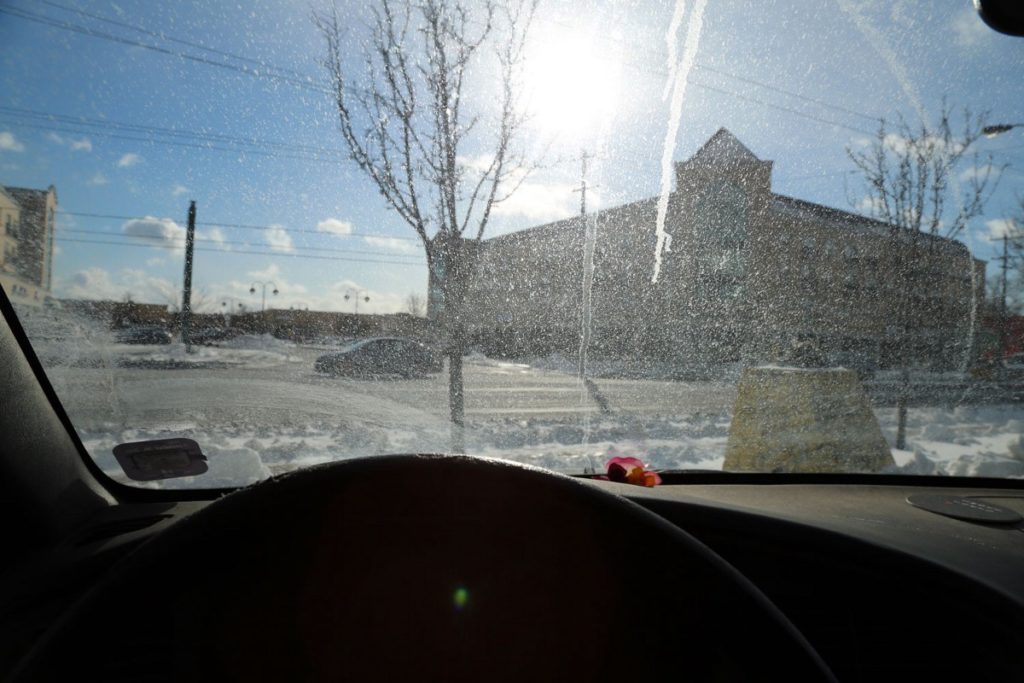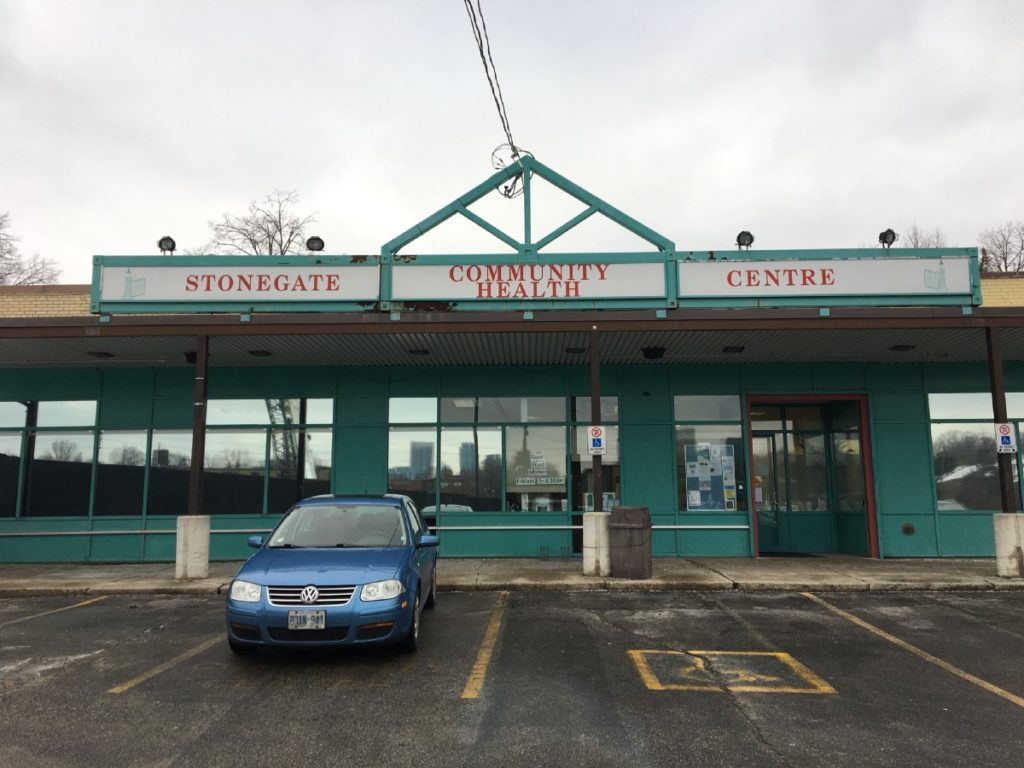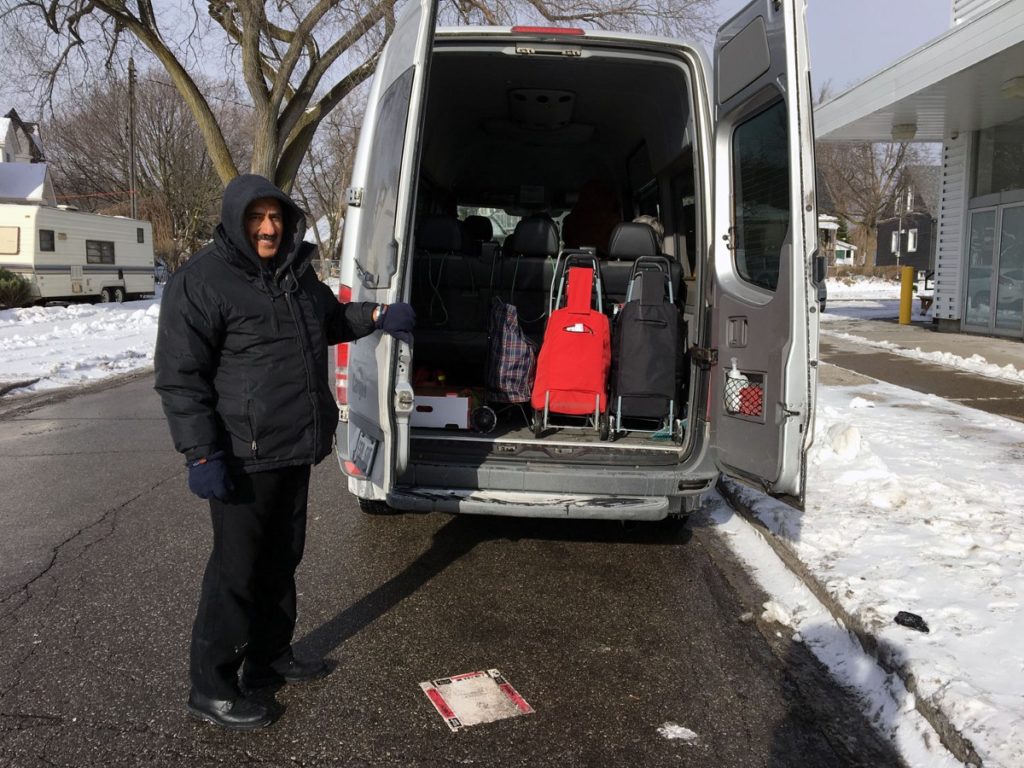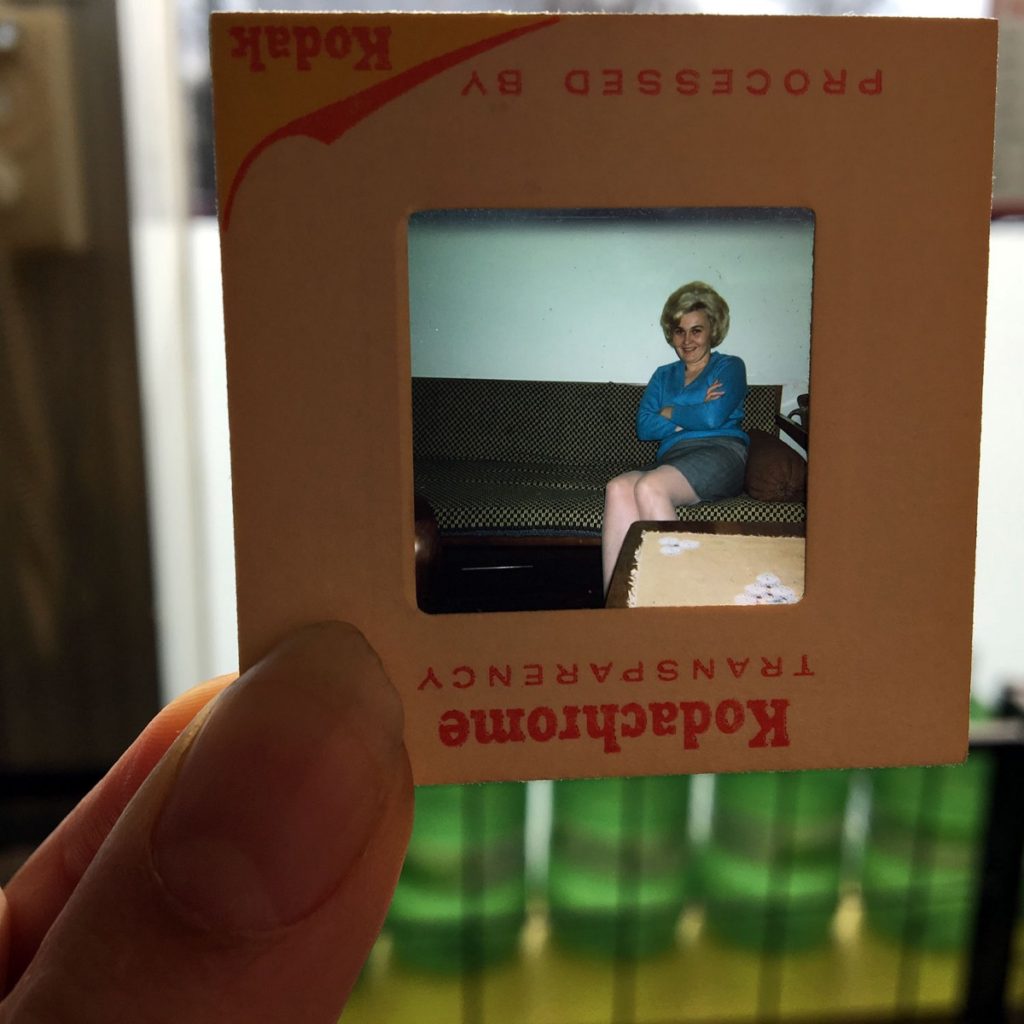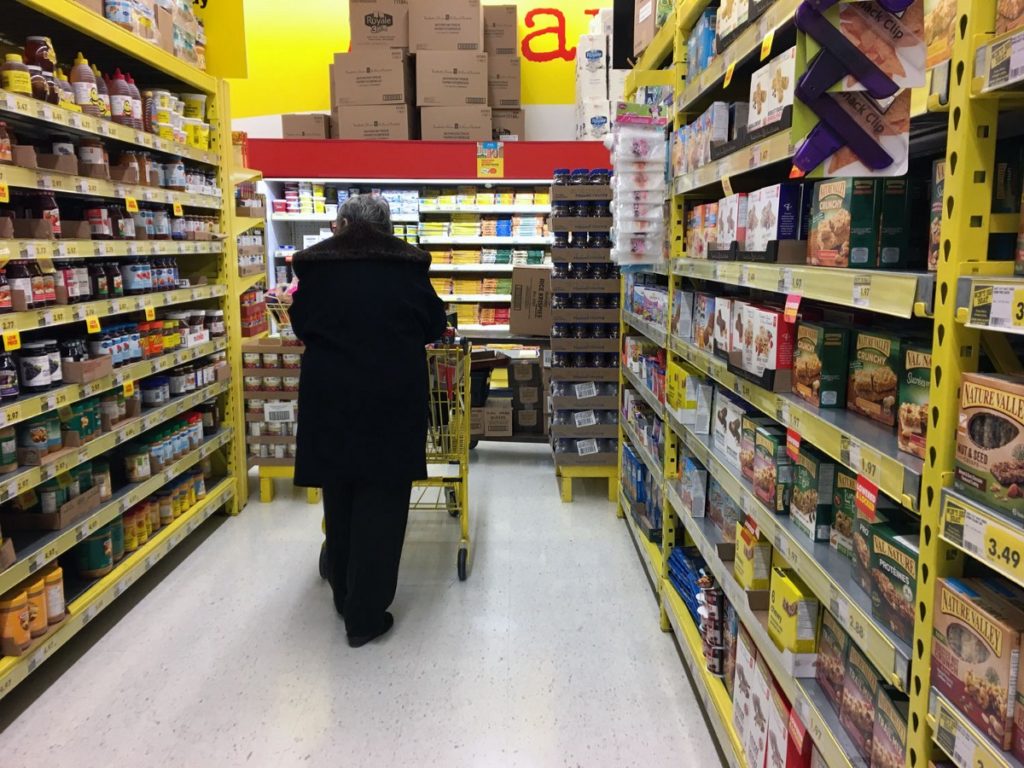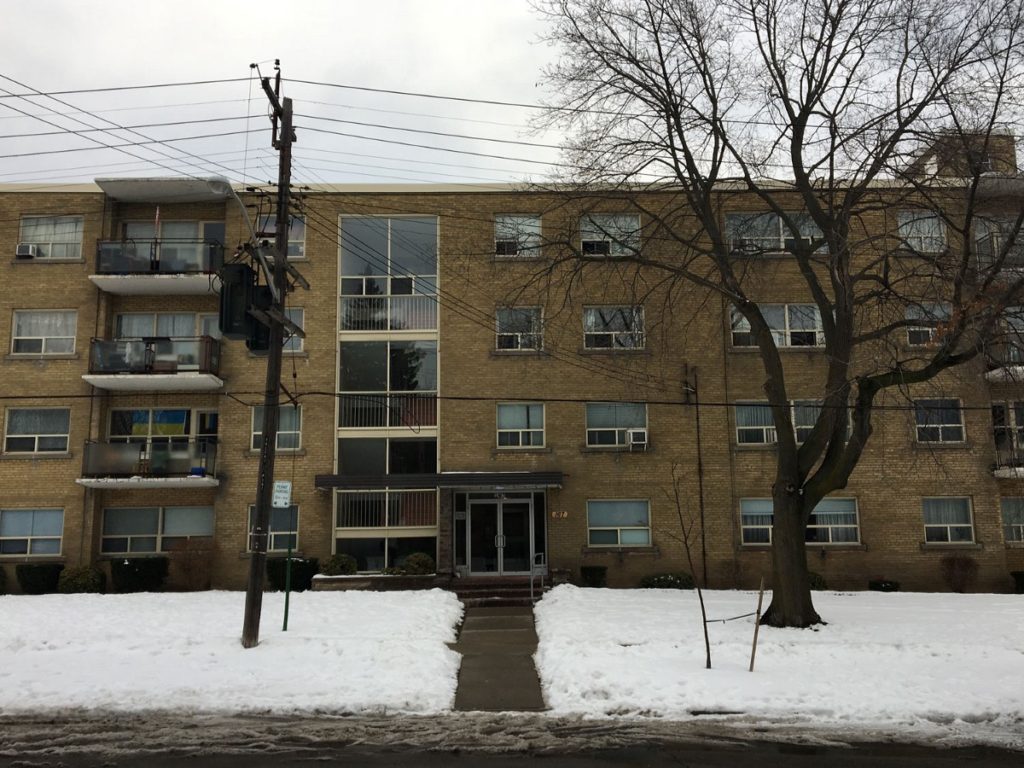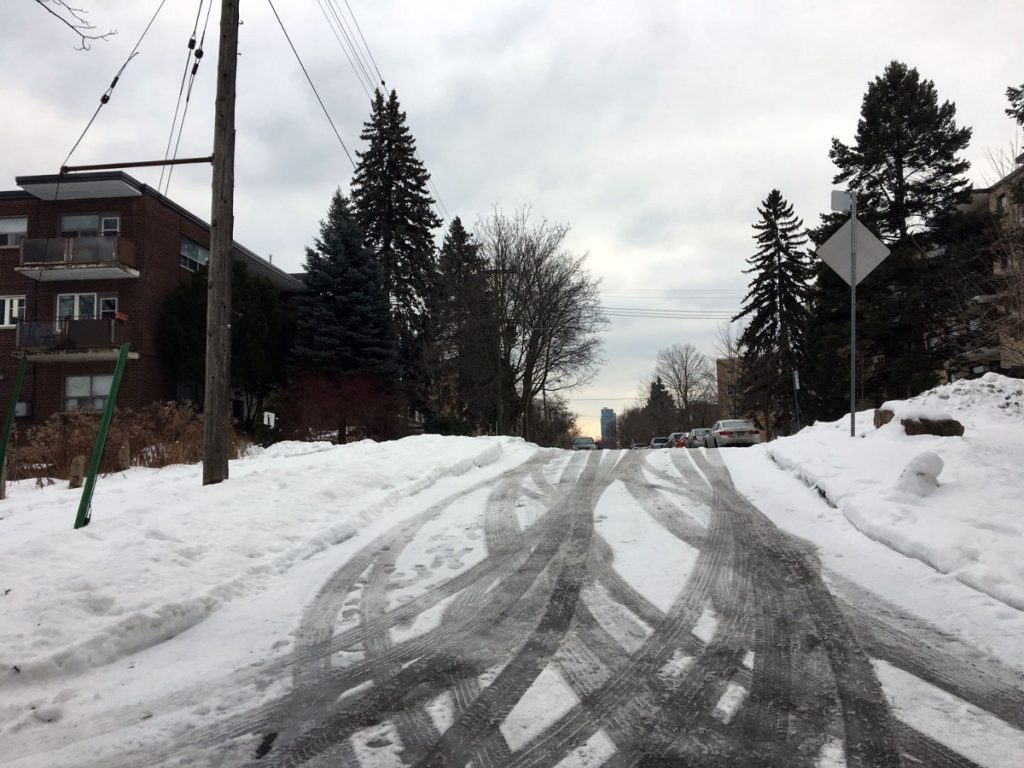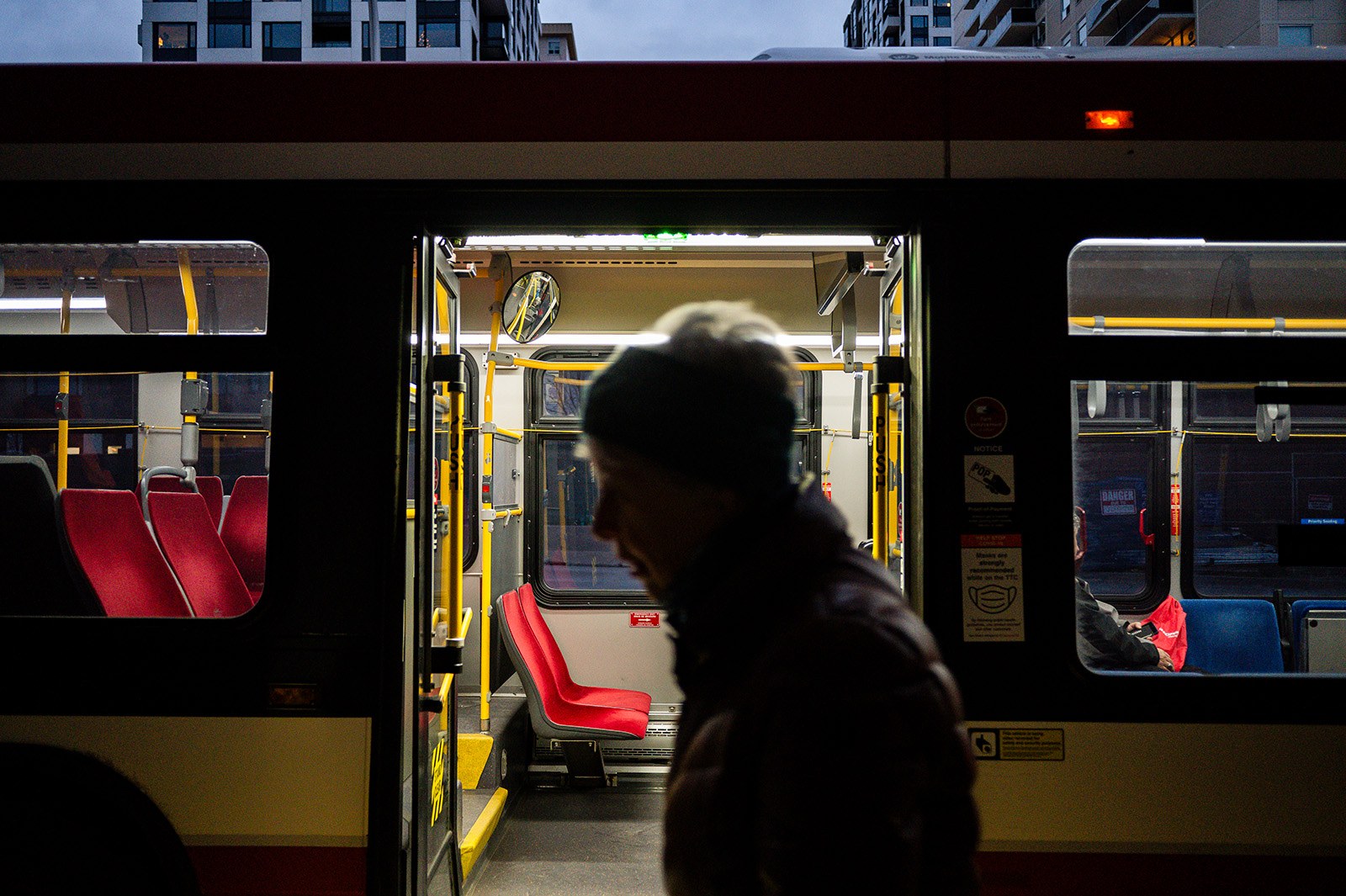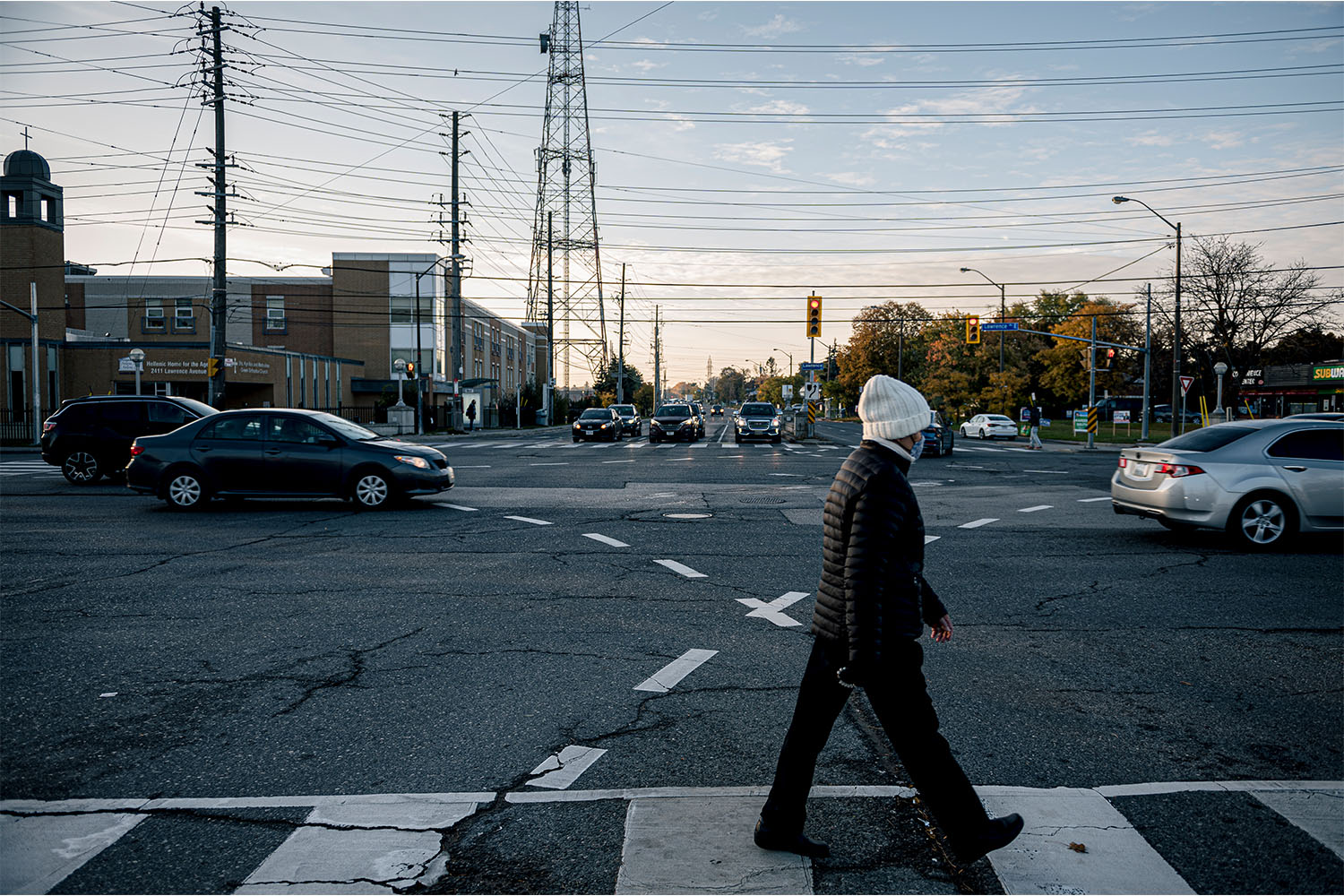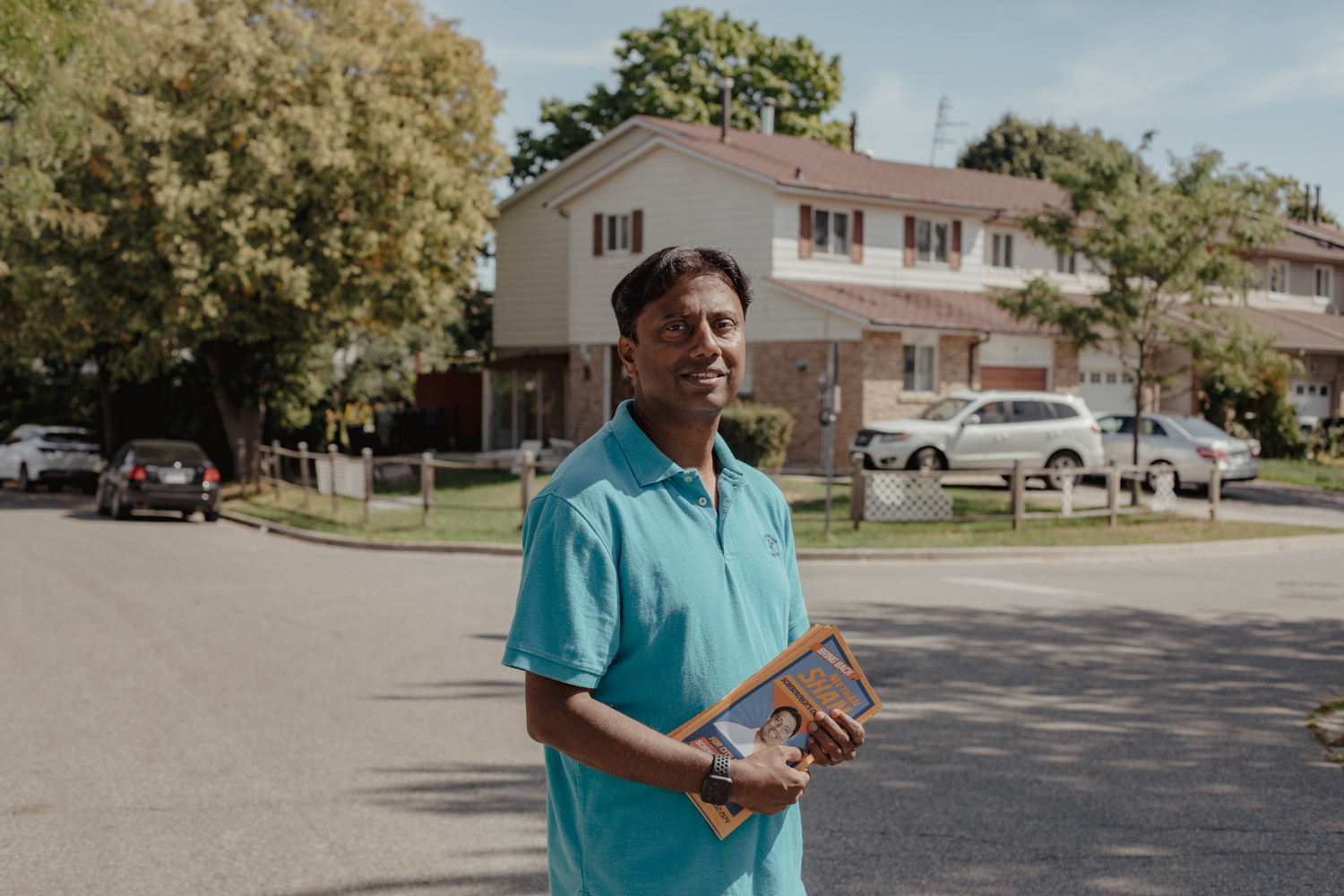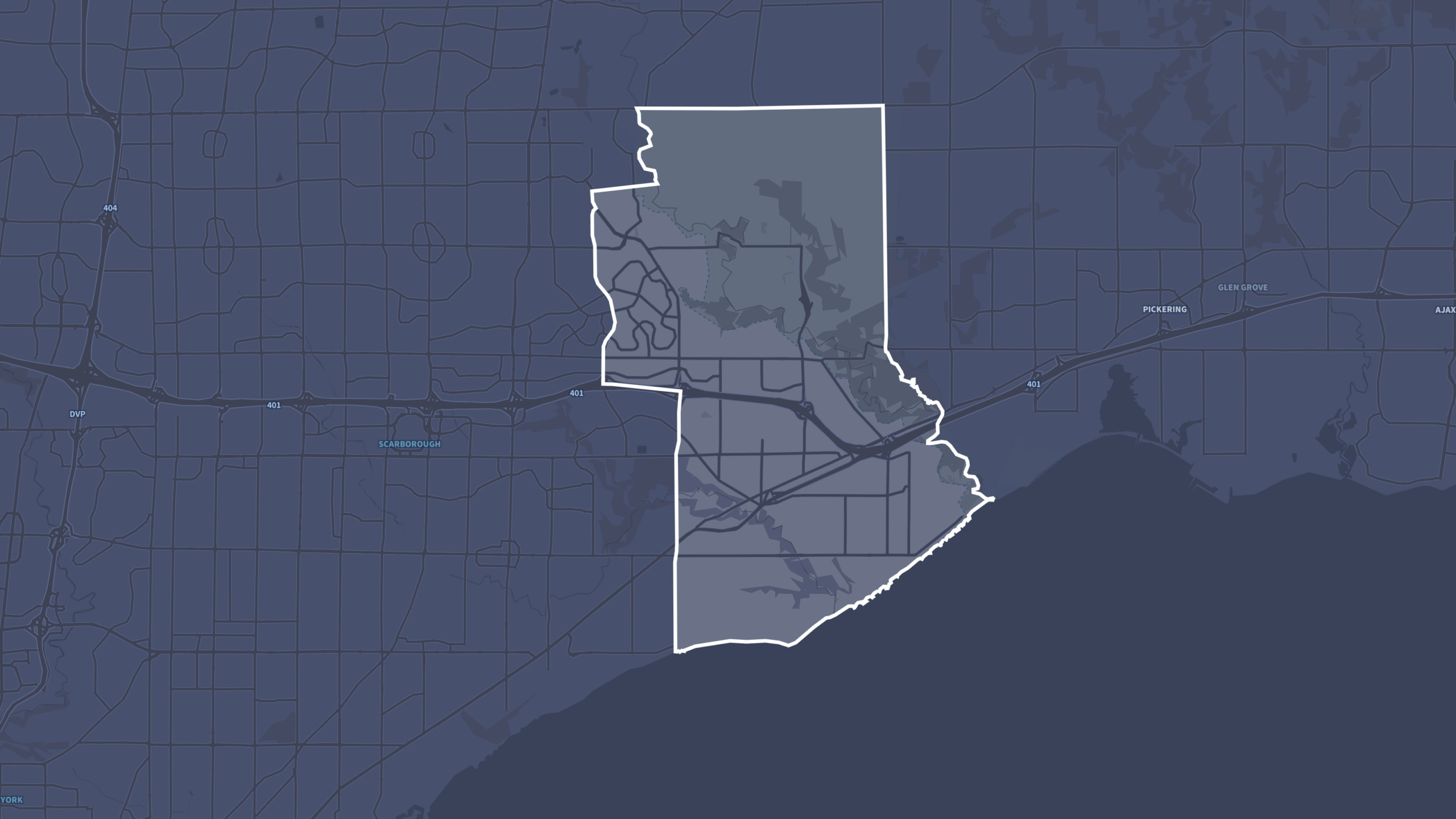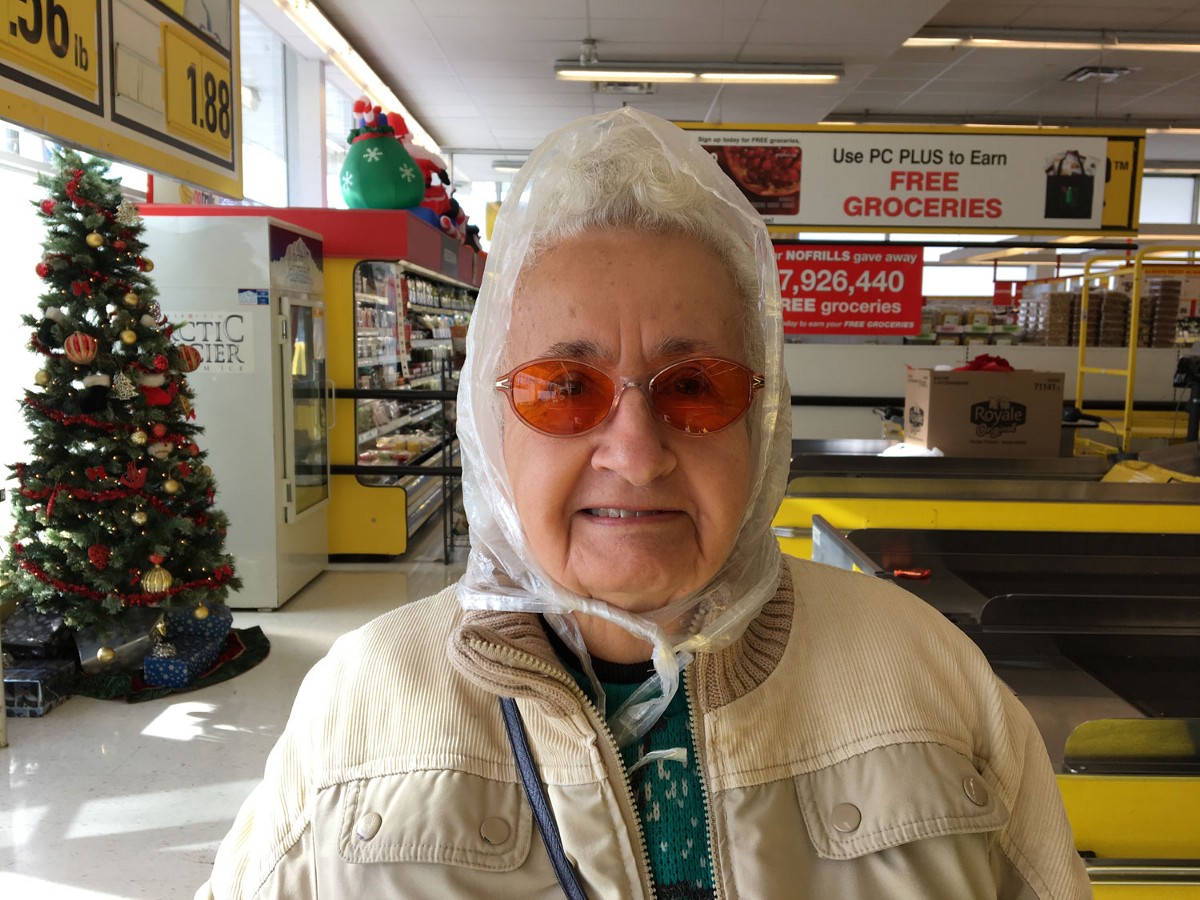
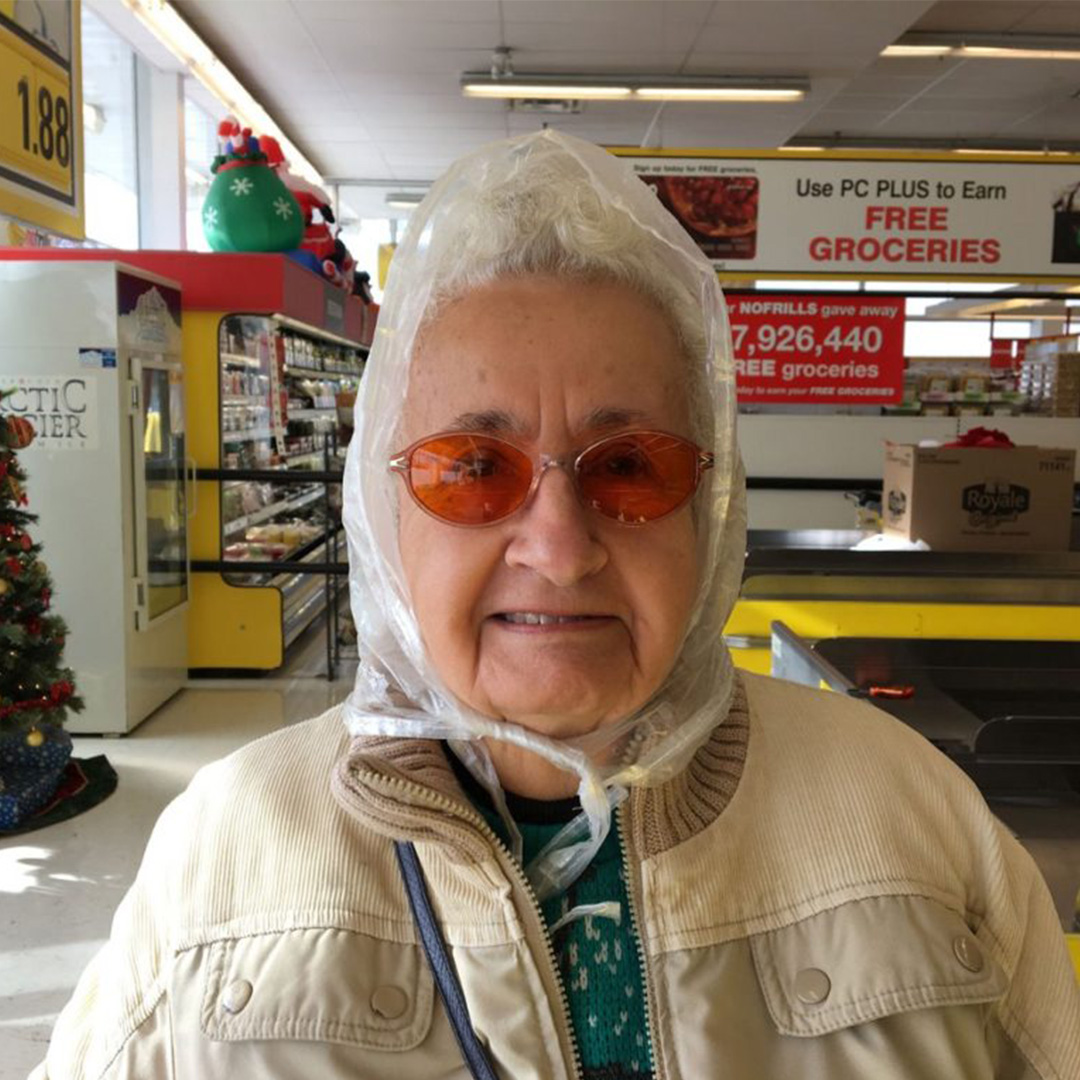
Stonegate is a small community within a community on Toronto’s west side. South Etobicoke to be precise. It is comprised of 75 low rise apartment buildings and smattering of small bungalows that were mostly built in the 1960s. The terrain is hilly, with windy roads that zigzag through residential streets.
Not many people know the community exists – partly because there are no major transit lines that run through it, and partly because it is sandwiched between the affluence of the South Kingsway and Bloor West Village. If you look at averages from neighbourhood health data, the community all but disappears.
Residents are made up of newcomers, the working poor, and seniors livings on old age security. The impact of poverty is high: 28% of residents and 38% of children live in poverty. 56% of people don’t speak English or French as their first language. When the plaza that housed the only grocery store was bought and demolished in 2014, the community was left without access to fresh food. For an already vulnerable population, this was a devastating loss. Especially for its seniors.
Enter Stonegate Community Health Centre. Sensing growing concern amongst residents, they held public meetings to figure out what could be done. Among the many solutions that were generated, and now up and running, was a grocery bus to take seniors shopping once a week. For many, the 20 minute trip to the nearest store was nearly impossible. Icy roads, in cold weather, with heavy bundle buggies made for dangerous conditions. Not to mention that the closest store was now one of the expensive ones that many could simply not afford.
Nutritional vulnerability and seniors
Like most seniors, the women who use the grocery bus at Stonegate Community Health Centre are intent on staying in their homes. Even though they are in their 80s and 90s and living with multiple chronic conditions, like most of us, they want to be able to live freely. To do what they want, when they want, to eat food that tastes familiar, and most importantly, to live in comfortable surroundings.
Sadly for many seniors, these are luxuries that are no longer available. There are too many barriers: arthritic hands can no longer cook, getting up and down stairs painful for the knees and hips, and getting around town to the grocery store or to the doctors office is a day-long activity. For those lucky enough to have family nearby, they can get help with some of these activities. But for others, as functionality declines, so does the option of staying in their homes.
The health care system does provide a modest amount of home care. However, these services do not cover some of the fundamental elements needed to stay in the community: transportation, adaptive housing, access to healthy food and social connection.
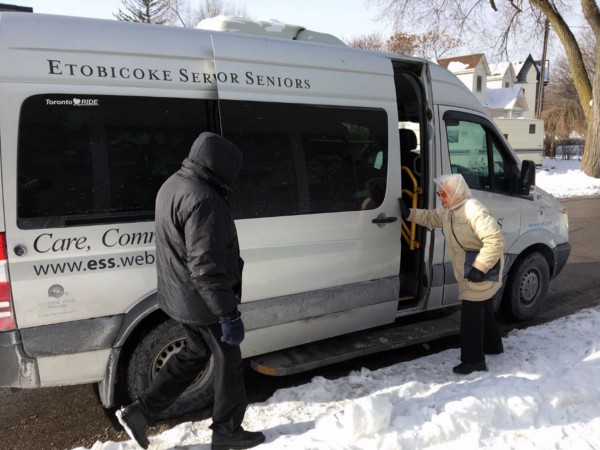
Social connection, or rather social isolation, is fast becoming one of the biggest risk factors for seniors. In the 2015 report ‘What Makes Canadians Healthy or Unhealthy?’, Public Health Agency of Canada reported that people with adequate social relationships are at a 50% lower risk of death than those with poor or insufficient social relationships. As a risk factor for mortality, social isolation exceeds obesity and physical inactivity.
Food security and adequate nutrition tells a similar grim story. Nutritional vulnerability in seniors is associated with a decline in functional status, impaired muscle function, decreased bone mass, immune dysfunction, reduced cognitive function, and delay in recovering from surgery.
“A nutritionally vulnerable older adult has a reduced physical reserve that limits the ability to mount a vigorous recovery in the face of an acute health threat or stressor. Often this vulnerability contributes to more medical complications, longer hospital stays, and increased likelihood of nursing home admission.”
A ride along with the Seniors Grocery Bus
I took a ride with the Seniors of Stonegate CHC to understand what the Grocery Bus means to them.
